(関連目次)→新型インフルエンザについても集めてみましたo(^-^)o
(投稿:by 僻地の産科医)
お久しぶりですo(^-^)o ..。*♡
なかなかハードな私生活が続いていまして、なかなかブログの更新ができません。産婦人科、やっぱりハードですね(しみじみ)。もうやだよ~。
さて、久しぶりっ!!!
世界のことならこの方にお任せ(>▽<)!!!
いつもありがとうございます。
鶴亀松五郎先生より投稿がありました。
すごっく参考になる文献です。
時間が出来たら原典にあたってみたいと思います。
ではどうぞ!!!!
=================
ランセットに掲載されたアメリカCDCの新型Fluのリポートのカバー記事です。
大まかな内容は・・・
妊婦さんが新型Flu A(H1N1)にかかると重症化して死亡率も高いというリポートです。
アメリカCDCに報告された2009年4月から6月までの死者45名のうち、6名が妊婦さん。死亡した妊婦さんは、それまでは健康であったが、fluにかかってからは重症化し、肺炎→人工呼吸器装着のコースをたどった。
死者45名のうちの妊婦の比率は16%。
また、現在までの米国での死亡者302名のうち、CDCは266名の詳細なデータを把握しているが、そのうち妊婦さんの死亡者は15名で、死亡者中の比率は6%。
アメリカの全人口のうち、妊婦の比率は1年のどの時期をとっても人口の1%なので、総人口で見た場合の新型flu感染の妊婦の死亡率はかなり高い。
妊娠を延期したり、過度に不安になる必要はないが、新型fluにかかったと思ったらすぐに、医者を受診して出来るだけ早く、48時間以内に抗ウィルス薬を開始する必要がある。
また、病院では健康な妊婦と、状態の悪い妊婦を別のエリアにわけて診察して、感染拡大を予防すべきとのこと。
季節性のインフルエンザでも、予防接種をうける妊婦は14%未満なので、予防的なワクチン接種を考慮すべきである。
◎Swine flu striking pregnant women hard: CDC study
ロイター Wed Jul 29, 2009
(1)http://www.reuters.com/article/swineFlu/idUSTRE56S1GW20090729?pageNumber=1&virtualBrandChannel=0
(2)http://www.reuters.com/article/swineFlu/idUSTRE56S1GW20090729?pageNumber=2&virtualBrandChannel=0
By Julie Steenhuysen
CHICAGO (Reuters) - Pregnant women infected with the new H1N1 swine flu have a much higher risk of severe illness and death, U.S. government researchers said on Wednesday, confirming a trend that has worried global health experts.
While pregnant woman have always had a higher risk of severe disease from influenza in general, the new H1N1 virus is taking an exceptionally heavy toll, the researchers said.
"We do see a fourfold increase in hospitalization rates among ill pregnant women compared to the general population," Dr. Denise Jamieson of the U.S. Centers for Disease Control and Prevention said in a telephone interview.
"We're also seeing a relatively large proportion of deaths among pregnant women. We report 13 percent in the paper, but that is a very unstable number based on a small number of deaths reported," said Jamieson, whose study appears in the journal Lancet.
The study was based on the deaths of six pregnant women out of 45 deaths related to H1N1 reported to the CDC between April 15 and June 16.
All of the women were healthy prior to infection, and all developed pneumonia and needed to be put on a ventilator.
Jamieson said 302 deaths have been officially reported to the CDC from the new H1N1 virus.
"Among those, we have relatively complete information on 266 deaths. And of those, 15 have been among pregnant women, which is about 6 percent," Jamieson said.
Given that at any point, about 1 percent of the U.S. population is pregnant, she said, pregnant women "are definitely over-represented in terms of the proportion of deaths."
She said pregnant women do not need to change the way they live because of the new H1N1 flu.
"There is no reason to delay pregnancy or to be overly concerned. We do not have evidence that pregnant women have increased susceptibility or are more likely to acquire influenza," Jamieson said.
"It's just that when they have influenza they are at increased risk of having severe disease," she said.
Jamieson said pregnant women who suspect they have influenza should call their doctors promptly.
And she said doctors need to provide a separate waiting area for pregnant women who suspect they are ill, to protect healthy pregnant women from infection.
Jamieson said pregnant women with influenza should be given antiviral drugs as soon as possible, within the first 48 hours to be most effective.
Despite recommendations from the Advisory Committee on Immunization Practices and the American College of Obstetricians and Gynecologists that all pregnant women get a seasonal flu shot, less than 14 percent do, according to the CDC.
The ACIP, which advises the CDC, is meeting later on Wednesday to decide who should be first to get the new H1N1 vaccine.
(Editing by Maggie Fox and Vicki Allen)
ソースは↓
Abstractをあげておきます。
◎H1N1 2009 influenza virus infection during pregnancy in the USA
http://www.thelancet.com/
Original Text
Denise J Jamieson MD a , Margaret A Honein PhD b, Sonja A Rasmussen MD b, Jennifer L Williams MSN b, David L Swerdlow MD c, Matthew S Biggerstaff MPH c, Stephen Lindstrom PhD c, Janice K Louie MD e, Cara M Christ MD f, Susan R Bohm MS g, Vincent P Fonseca MD h, Kathleen A Ritger MD i, Daniel J Kuhles MD j, Paula Eggers RN k, Hollianne Bruce MPH l, Heidi A Davidson MPH m, Emily Lutterloh MD d n, Meghan L Harris MPH o, Colleen Burke MSN p, Noelle Cocoros MPH q, Lyn Finelli DrPH c, Kitty F MacFarlane CNM a, Bo Shu MD c, Sonja J Olsen PhD c, the Novel Influenza A (H1N1) Pregnancy Working Group
Summary
Background
Pandemic H1N1 2009 influenza virus has been identified as the cause of a widespread outbreak of febrile respiratory infection in the USA and worldwide. We summarised cases of infection with pandemic H1N1 virus in pregnant women identified in the USA during the first month of the present outbreak, and deaths associated with this virus during the first 2 months of the outbreak.
Methods
After initial reports of infection in pregnant women, the US Centers for Disease Control and Prevention (CDC) began systematically collecting additional information about cases and deaths in pregnant women in the USA with pandemic H1N1 virus infection as part of enhanced surveillance. A confirmed case was defined as an acute respiratory illness with laboratory-confirmed pandemic H1N1 virus infection by real-time reverse-transcriptase PCR or viral culture; a probable case was defined as a person with an acute febrile respiratory illness who was positive for influenza A, but negative for H1 and H3. We used population estimates derived from the 2007 census data to calculate rates of admission to hospital and illness.
Findings
From April 15 to May 18, 2009, 34 confirmed or probable cases of pandemic H1N1 in pregnant women were reported to CDC from 13 states. 11 (32%) women were admitted to hospital. The estimated rate of admission for pandemic H1N1 influenza virus infection in pregnant women during the first month of the outbreak was higher than it was in the general population (0·32 per 100 000 pregnant women, 95% CI 0·13—0·52 vs 0·076 per 100 000 population at risk, 95% CI 0·07—0·09). Between April 15 and June 16, 2009, six deaths in pregnant women were reported to the CDC; all were in women who had developed pneumonia and subsequent acute respiratory distress syndrome requiring mechanical ventilation.
Interpretation
Pregnant women might be at increased risk for complications from pandemic H1N1 virus infection. These data lend support to the present recommendation to promptly treat pregnant women with H1N1 influenza virus infection with anti-influenza drugs.
Funding
US CDC.
・・・・・・・・・・・・・・・・・・・・・・・・・・・・・・・・・・・・・・・・・・・・・・・・・・・・・・・
関連サイト;
同じくロイターですが、アメリカの感染症の専門家が、政府に対して新型flu A(H1N1)ワクチン接種の優先順位を設定したというニュースです。
医療従事者、妊婦さん、喘息やDMの患者に対して最初にワクチン接種を奨めるという内容。
Vaccine experts who advise the U.S. government are likely on Wednesday to put healthcare workers, pregnant women and patients with asthma and diabetes at the front of the line to get vaccinated against the new pandemic H1N1 influenza.
◎U.S. panel to set priorities for H1N1 flu vaccines
ロイター Tue Jul 28, 2009
http://www.reuters.com/article/GCA-SwineFlu/idUSTRE56R6MH20090728
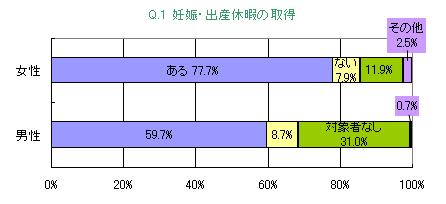
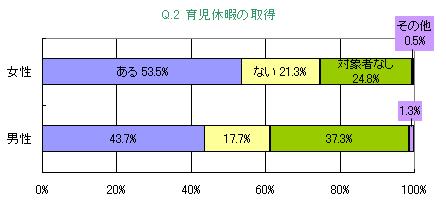
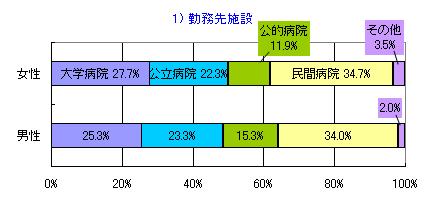
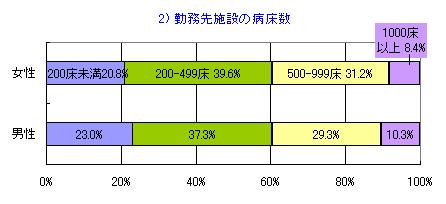
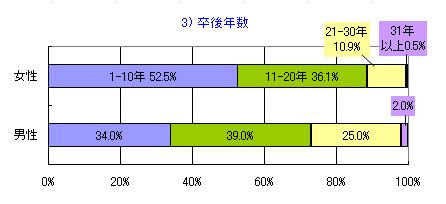
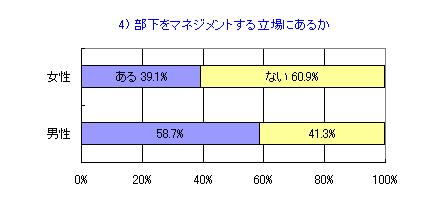

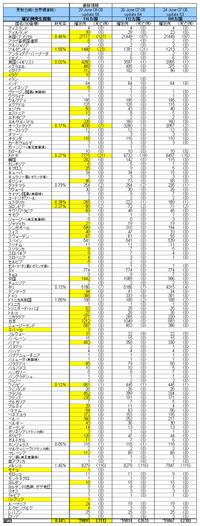

最近のコメント